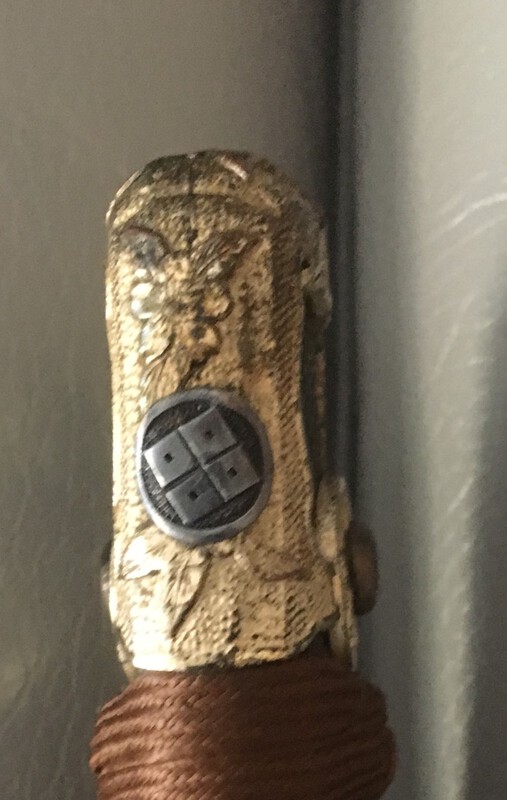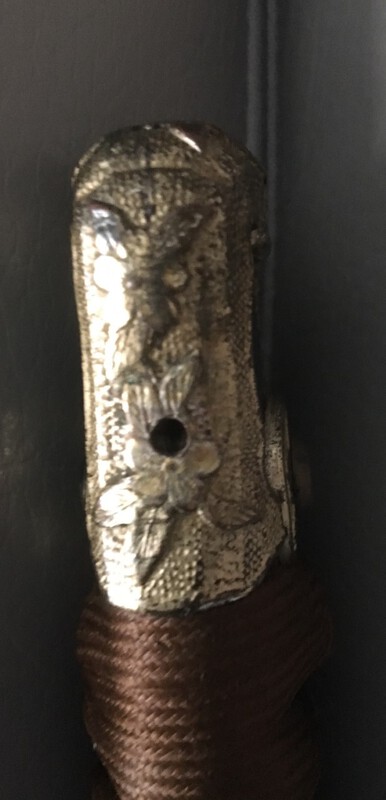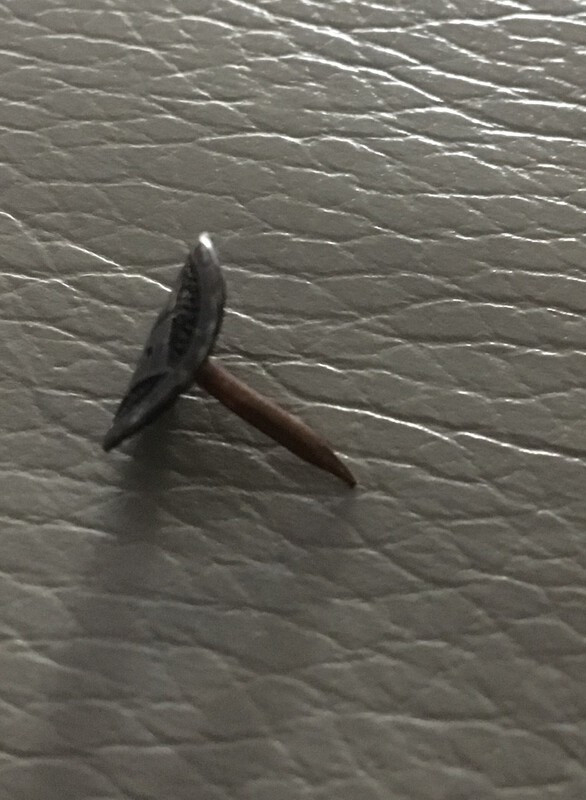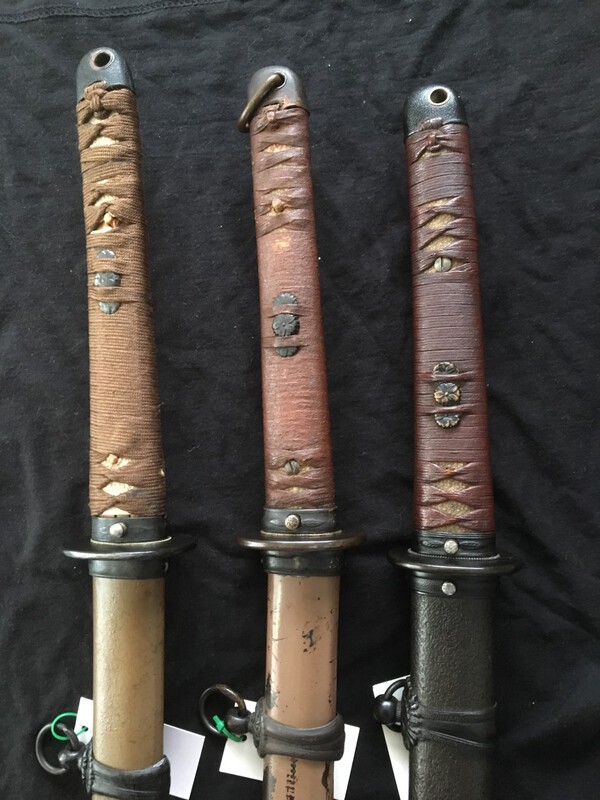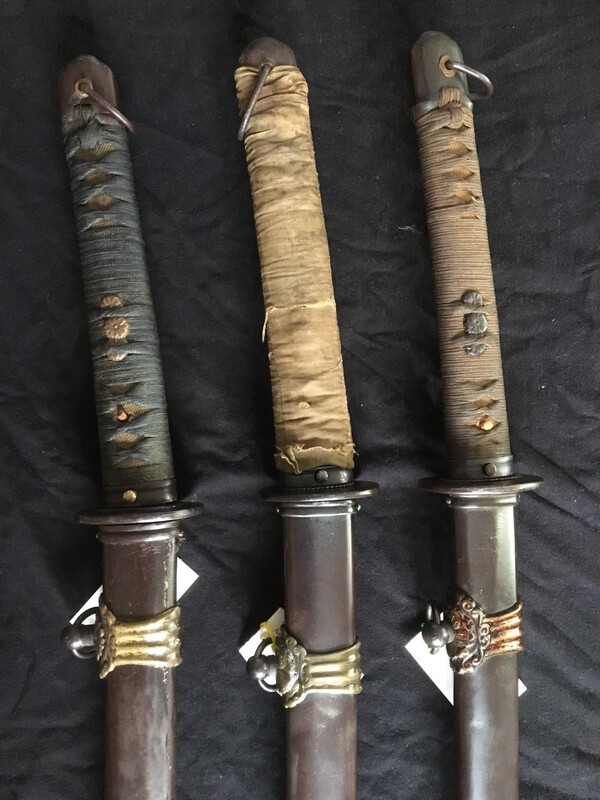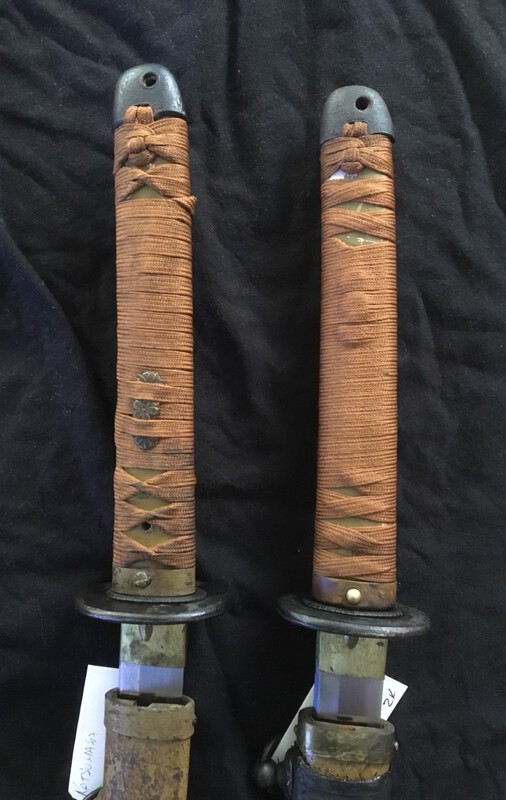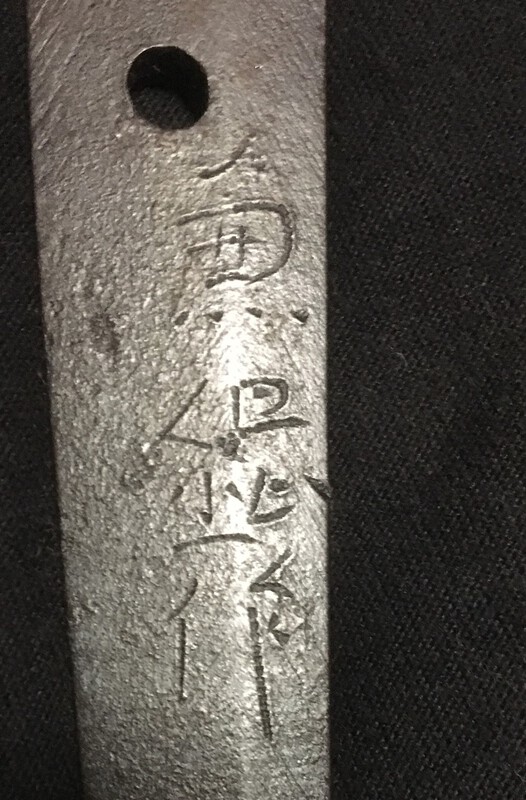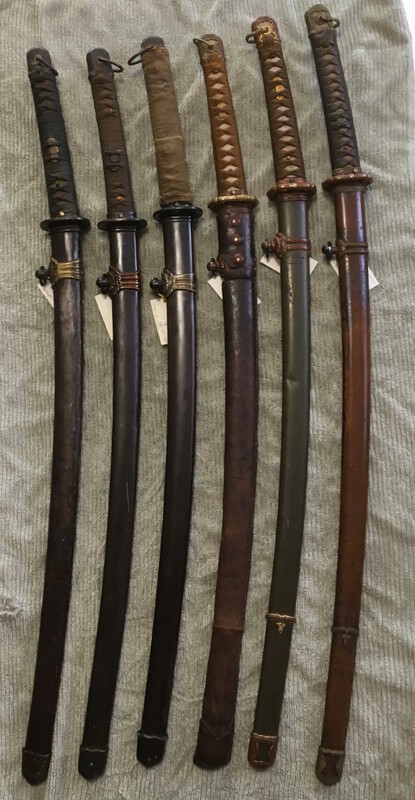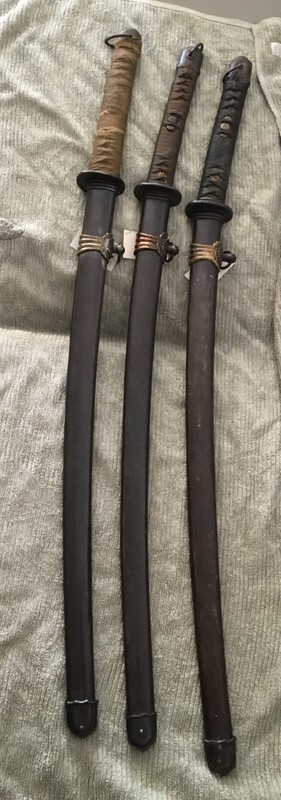-
Posts
1,904 -
Joined
-
Last visited
-
Days Won
85
Content Type
Profiles
Forums
Events
Store
Downloads
Gallery
Everything posted by IJASWORDS
-
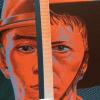
Does Curiosity Kill the Cat?
IJASWORDS replied to Bruce Pennington's topic in Military Swords of Japan
OK OK Bruce, I am secretly jealous, but couldn't be at discovered by a nicer guy. -

Does Curiosity Kill the Cat?
IJASWORDS replied to Bruce Pennington's topic in Military Swords of Japan
Bruce, that chuso IS unique. Looks original, so obviously a design you "discovered" . Be interesting to see if others have seen one. -
Bruce I forgot to ask, are the holes threaded?
-
Malcolm, there is a difference. In Bruce's example, the leaves below the cherry blossom have not been removed for a mon to sit flat. In the example you compare it to, the leaf has been cut away to fit a mon.
-

Attention Mantetsu Owners: A Survey
IJASWORDS replied to Bruce Pennington's topic in Military Swords of Japan
Bruce, put together???? You gotta look at the evidence. You have a push button tzuka, but a wood saya with no allowance for the latch. As you said, seppa missing... You be the judge and jury on this. -
Ok Bruce, at great expense, I investigated a mon for you by pulling one apart. For comparison...... Compared to yours. Your hole is much lower than a mon hole. Your hole is much bigger than my hole. My securing pin is the size of a thumb tack. Yours was never soldered in place. That's why I am comparing it to a push fit type. But saying all that, different makers could do different things. Now I gotta repair my sword, things I do for the NMB!
-

Can anyone tell me about this WWII sword?
IJASWORDS replied to 76_liberty's topic in Military Swords of Japan
Late war pattern 7 NCO sword. As Dave says, rare and desirable. -
-
And within this model there was a good better best range. Different wrap materials Some had German silver seppa, some had dust cover seppa. There were one and two button latches Same ranged from ray skin, celluloid, canvas Sayas were painted metal to fancy wood. Some had screw mekugi, some bamboo A great variety.
-
Trystan, when you see WW2 photos of troops with swords, many have a canvas or cotton cover for protection. Very few of these covers remain. I am leaving this on. But when I lifted it the handle looks perfect.
-
Thanks Bruce, nice.
-
That's now 5 examples, be good to get some more.
-
This sword, the MRS model, has been discussed on other threads, so I thought I would pull it together on one topic. This can be a focal point for other contributions from interested collectors in this model. It appears that all examples examined have Mantetsu blades, some without a mei. It's basic design reflects the limited capability of equipment at the Nan-Man factory. The same on all known examples, is a heavy duty cotton fire hose material. Production looks like late 1944 through 1945. No paint is evident on the saya, but looks like a gun bluing or browning. Ito handle wrap colour, varies from brown to black . Small variations exist across the examples known to exist. I reach out to others to add more information, and photos of other examples .
-

Attention Mantetsu Owners: A Survey
IJASWORDS replied to Bruce Pennington's topic in Military Swords of Japan
Steve's description on a parallel thread, of Manchurian Rinji Seishiki, or MRS, is an acceptable name. It contains what Thomas and Nick have discovered about this model. My driving force in being persistent was three fold... Eliminate the perception that they were Japanese civil or home defense swords. Confirm that the blade and fittings were made in Manchuria, with Mantetsu blades. And try to establish a name or description that is agreeable, that could define this specific model going forward. Ok, there are not too many around, but deserve to be recognised as another individual piece in WW2 sword history puzzle. What are your thoughts? -
These are definitely Japanese late war RS swords. Pressed metal fittings, the same is painted sticky tape.
-
There is now a merging of this thread, and Attention Mantetsu Owners, a Survey.
-

Attention Mantetsu Owners: A Survey
IJASWORDS replied to Bruce Pennington's topic in Military Swords of Japan
Yep, got a Mantetsu with waves, but not as wavy as Ohmura. Again looking at Ohmuras example, his has dust cover seppa is not usual, other wrong seppa design, habaki looks unlike any WW2, made to suit a recently polished blade. I have 30% of all known examples, and they are consistent with each other and age. -

Attention Mantetsu Owners: A Survey
IJASWORDS replied to Bruce Pennington's topic in Military Swords of Japan
I recon that example is a put together. A battered scabbard, with a pristine re-wrapped handle, that has never seen a hand on it. Come on, I will make up one today with any blade you name. -
Is this Kanetsuna Saku, or Kanetsune Saku? Also, is this a Bunmei sword of around 1460 to 1490? Help would be gratefully appreciated.
-

Attention Mantetsu Owners: A Survey
IJASWORDS replied to Bruce Pennington's topic in Military Swords of Japan
-

Attention Mantetsu Owners: A Survey
IJASWORDS replied to Bruce Pennington's topic in Military Swords of Japan
Where Thomas has underlined machinery, it mentions 11 presses. Probably explains why this model has it's components made of pressed metal, and not cast like Japanese made RS swords. -
IMHO, recently plated.
-

Attention Mantetsu Owners: A Survey
IJASWORDS replied to Bruce Pennington's topic in Military Swords of Japan
Good question, I don't have any, or don't remember seeing any. Hope others may come to our rescue. -

Attention Mantetsu Owners: A Survey
IJASWORDS replied to Bruce Pennington's topic in Military Swords of Japan
Bruce, plain oval tsuba were used on the Navy swords from day one. So the simplification may or may not be the case. If you look at the ashi/suspension ring design construction and materials, this is definitely not a simplification. It is big ornate, and made in 4 pieces, where if simplification was the criteria, a one or two piece band would have sufficed. I will certainly agree with you that the RS model may have inspired the design, but they are different in every way. Remember reading how certain Japanese made blade's were failing in the cold of Manchuria, and the SMR developed Mantetsu blades to withstand the cold brittleness. Please confirm with Nick K, but my theory is..... "This unique model sword was designed and developed at the Nan-Man arsenal, with a Mantetsu blade made at SMR, for officers fighting in the Manchurian campaign. The blade would withstand the cold, the canvas same wouldn't crack in the cold like celluloid or ray skin, it was relatively light but still had ornate features befitting an officer. It shares nothing with the RS pattern, including a sarute which the RS lacks". Bruce, like you wished there was documentation, but the Russians and Chinese who liberated Manchuria, probably didn't think preserving records was a priority. -

Attention Mantetsu Owners: A Survey
IJASWORDS replied to Bruce Pennington's topic in Military Swords of Japan



